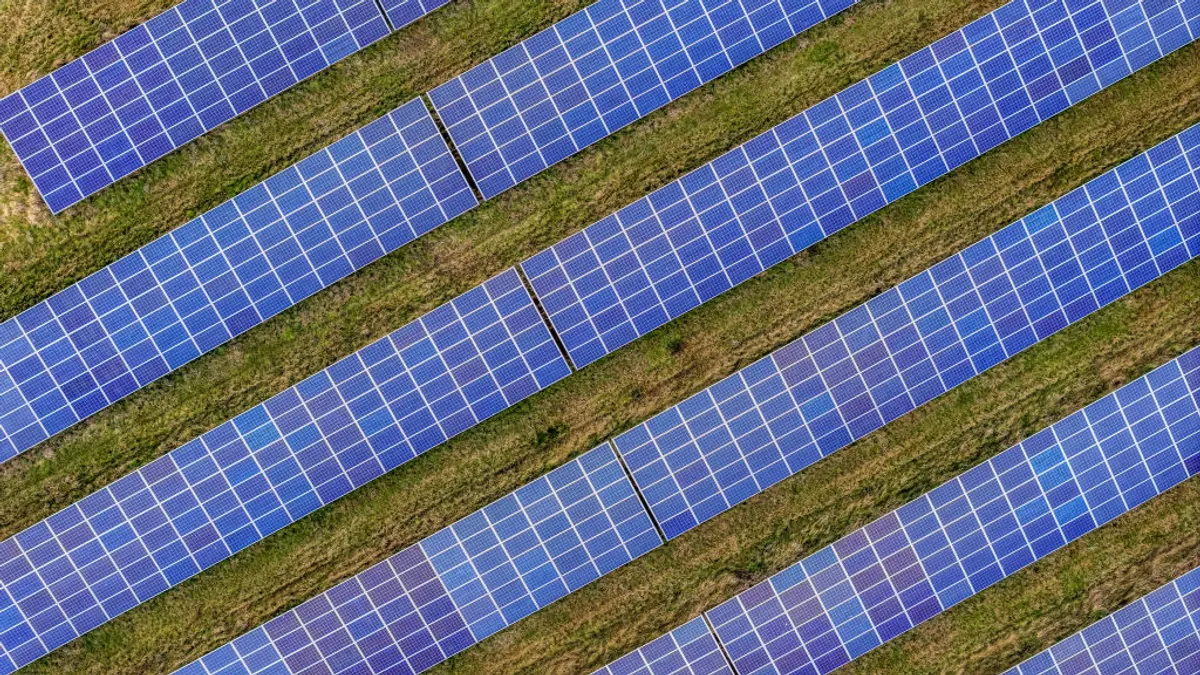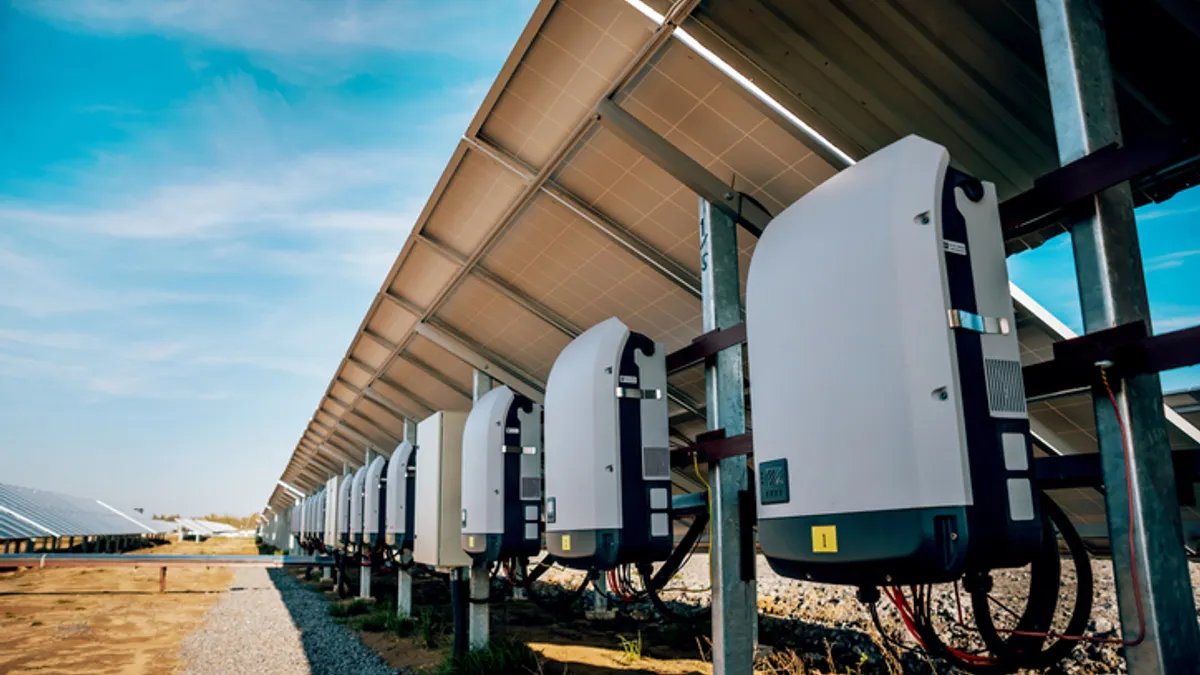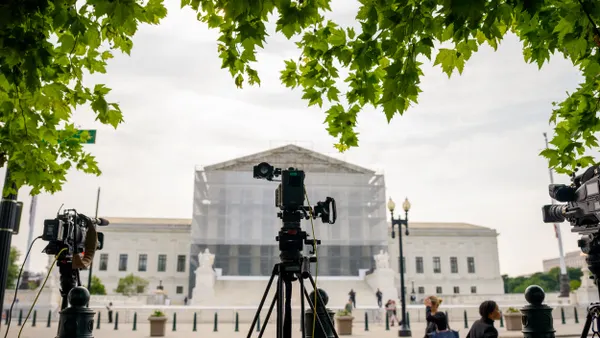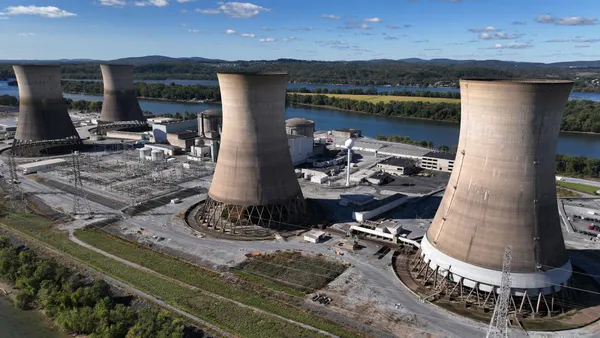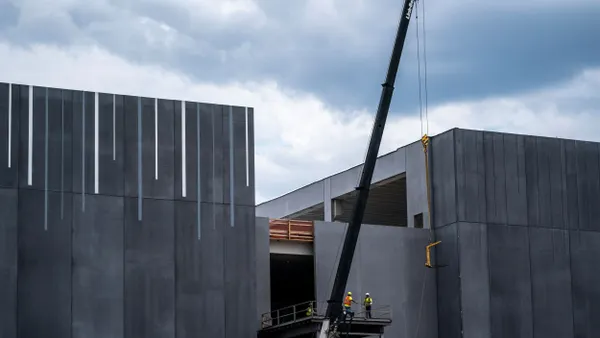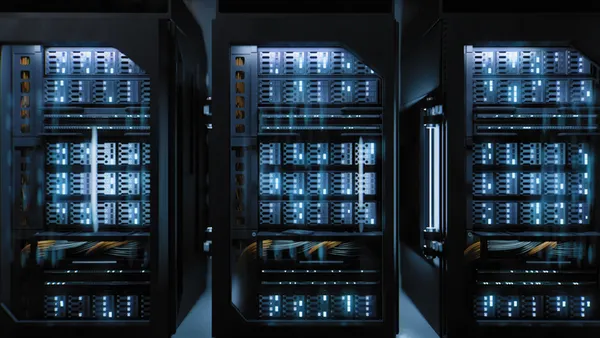Dive Brief:
- The Center for Climate and Energy Solutions (C2ES) released a report on Tuesday highlighting three scenarios to achieve the decarbonization efforts necessary to lower U.S. emissions 80% below 2005 levels by 2050.
- The separate pathways all show the need for stronger public support to encourage larger investments in research and development as well as concerted economy-wide efforts across multiple sectors: power, transportation, building efficiency and others. Two of the pathways involve federal policy to set carbon prices by 2024 and 2031.
- National Grid, which is beginning to implement a carbon price on its U.K. projects, is one of several utilities trying to build out electric vehicle infrastructure and help decarbonize transportation, Strategy and Technology VP Patricia DiOrio said at the C2ES event.
Dive Insight:
The report comes almost two years after President Donald Trump announced his decision to pull the U.S. out of the Paris Climate Agreement.
On the domestic front, the White House and federal agencies have worked to roll back environmental and other requirements for power companies and other industries.
However, the separate scenarios outlined in the C2ES report require action on all levels, from local, state and federal policymakers, to investors, consumers and companies.
One example of inter-sectoral collaboration highlighted by C2ES is the role that utilities are taking to decarbonize transportation.
Utilities, such as National Grid, are supporting the cleaner fuel transition in transportation, especially when they're serving states with Zero Emission Vehicles pledges (ZEV), DiOrio said.
"The amount of investment that you need is pretty substantial," she added, noting the need for charging stations, smart-charging capabilities, grid connections and other infrastructure.
Utilities that contributed to C2ES' scenario development process include : Arizona Public Service, Berkshire Hathaway Energy, Duke Energy, Entergy, Exelon, National Grid and Pacific Gas and Electric.
C2ES evaluated the following scenarios:
- A Competitive Climate — Stronger federal policy is enacted earlier, prompted by the need to compete with countries that have aggressive international carbon tariffs and investment in low-carbon technology.
- Climate Federalism — States lead with ambitious climate policies, in response to worsening climate-related disasters and economic opportunities, including a carbon tax.
- Low-Carbon Lifestyles — Consumer-driven push to low-carbon consumption of goods and services, driven by innovation, technology breakthroughs, generational shifts and increased urbanization.
Tuesday's presentation of the C2ES report drew audience questions about the understated role of renewable energy. While the scenarios prompt for continued renewables integration, research and deployment, the recommendations focus on grid modernization and other technology innovation.




